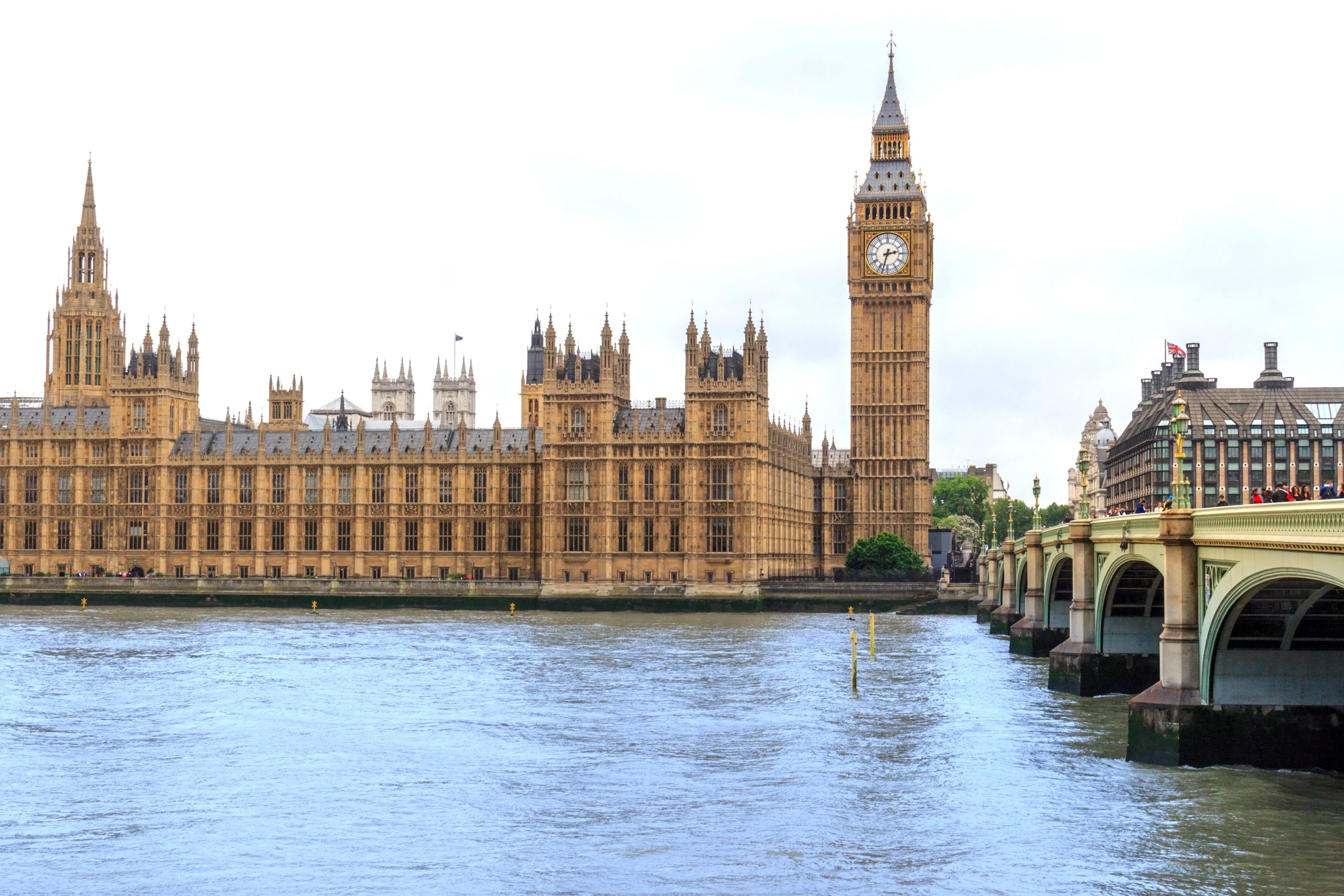
Over the past three decades, Poland has undergone one of the most spectacular economic transformations in the European Union, rapidly catching up with the UK’s standard of living and already surpassing entire regions of Great Britain in certain areas. A comprehensive analysis recently conducted by experts at the British publication The Sunday Times highlights a reality that is becoming increasingly difficult to ignore: the Polish economy (currently ranked among the top five economies in the EU in terms of growth rate), once dominated by its communist legacy and considered far behind the countries of the western European Union, has become a model of growth and convergence that many developed Western countries now view with surprise and respect.
Almost thirty years ago, Poland was light years away from the living standards of British citizens. While in 1995 Poland’s gross domestic product per capita was only 36% of that of the United Kingdom, today the same indicator has reached approximately 81%. These figures mark a development that illustrates not only a spectacular recovery in the economic differences between the two countries, but also a profound change in the structure of the Polish economy. Poland’s rapid economic growth in recent years is all the more remarkable given that the United Kingdom has advanced at a much slower pace. Thus, from 2019 to the present, Poland has recorded real economic growth of nearly 18%, while the British economy has stagnated, with cumulative growth of less than one percent.
Polish regions outperforming areas in the United Kingdom: a symbolic change
There are now regions in Poland that have outperformed traditional economic areas in the United Kingdom. This convergence is not only evident on a national scale, but also within the two countries. According to economic data from European Union institutions, 12 of Poland’s 17 administrative regions are currently more prosperous than West Wales, an area known for persistent economic problems and the disappearance of traditional industries. Another example of Poland’s economic growth is the country’s capital, Warsaw, which has become a center for technology, finance, and services, with a per capita GDP of approximately €67,000. This level is surpassed in the United Kingdom only by central London. At the same time, the Lower Silesia region, which many years ago was dependent on mining and heavy industry, has undergone extensive restructuring and has surpassed Greater Manchester in important economic development indicators. These differences, once hard to imagine, signal a profound structural transformation in Poland. The Eastern European country is no longer just the “workshop of Europe,” but a competitive center in areas such as advanced manufacturing and applied research, IT, and logistics. Another symbol of Poland’s rise is its entry, in September this year, into the group of the world’s twenty largest economies. By entering the top 20 global economies and reaching the threshold of one trillion dollars in nominal GDP, Poland has surpassed even Switzerland, a country renowned for its economic stability and high standard of living. This achievement consolidates Poland’s status as a major player not only in Central Europe but also globally. The British perception remains positive, while Polish migration is declining.

The reduction in the economic gap between the two countries analyzed had a direct impact on migration dynamics. While in 2016, the year of the Brexit referendum, approximately one million Polish citizens were living in the UK, their number decreased significantly in the following years. By 2021, in just five years, about one-third of Polish citizens working in the UK had returned to Poland or chosen to move to other EU countries, attracted by rising wages, an increasingly high quality of life, and diverse professional opportunities. Interestingly, the image of Poles in the UK has remained overwhelmingly positive. A recent YouGov poll found that 53% of respondents believe that Polish immigration has had a favorable impact on British society, a higher percentage than the perception of German, American, or Indian communities living and working in the UK. British Minister Kemi Badenoch’s statement perfectly captures this shift in perspective:
“Fifteen years ago, Polish workers came to the UK for opportunities. Today, Poland is growing twice as fast as we are,” said Kemi Badenoch.
Poland’s post-1989 reforms and the decisive role of European integration
Poland’s current success is no accident. According to experts, the positive evolution of the Polish economy is the result of a mix of economic policies and strategic decisions that, in the long term, have built an ecosystem favorable to investment, development, and stability. After the fall of communism in 1989, Poland adopted a series of market reforms that allowed for increased private initiative, attracted foreign capital, and accelerated the modernization of industry. Integration into the European Union in 2004 accelerated this process, providing access to significant funds and a huge common market. Poland also benefited from keeping its national currency, the zloty, which gave it extra flexibility during the economic crisis that hit the whole world in 2008. In recent years, measures such as tax exemptions for young people under 26, incentives for the IT sector, and massive investments in infrastructure have helped to reduce labor migration to more developed Western countries and strengthen the middle class.
In many respects, Poland has even begun to surpass the United Kingdom. For example, Poland has faster mobile internet, lower electricity prices, and a much more extensive high-speed rail network than the UK. These few elements, which many would consider trivial, not only improve quality of life, but also have a direct economic impact on mobility and competitiveness.
If we take an objective look at Poland and the United Kingdom, economic data from the last two decades shows that the Polish economy has experienced rapid growth, while the United Kingdom has maintained its lead in terms of size. By comparing the evolution of the two economies over the last 20 years, we can observe two distinct realities. In terms of economic size, the United Kingdom remains a major economic power, with a nominal GDP of approximately $3.64 trillion in 2024, while Poland, with a significantly higher growth rate, stands at approximately $915 billion. The GDP per capita recorded in 2024 in the United Kingdom was approximately $52,600, while in Poland the same index has a value of $25,020. Between 2005 and 2024, Poland experienced robust growth, recovering quickly from the negative impact of global economic crises and consistently outperforming the EU average. At the other end of the spectrum, political uncertainty and the impact of Brexit caused the UK economy to grow at a much slower pace. In terms of inflation and the cost of living, the UK has faced persistent inflation in recent years, which has seriously affected citizens’ purchasing power. In contrast, Poland has also had high inflation, but with a faster rate of correction after 2022. Another factor where Poland is superior to the UK is the labor market. The unemployment rate in the UK fluctuates between 4 and 5 percent, with pressure on the skilled labor market, while the Polish state managed to lower the unemployment rate in 2023 to historic lows of around 2.8 percent. Looking ahead, we can say without hesitation that the gap between the two countries will continue to narrow.
Although the UK economy remains clearly superior in terms of volume and average standard of living, the dynamics of the last two decades show us very clearly that Poland is not only catching up, but also becoming a direct competitor in certain economic segments. While the British economy faces challenges related to productivity, demographics, immigration, and its post-Brexit geopolitical position, Poland is banking on modernization, investment, relatively favorable demographics, and connectivity. In many ways, Central Europe is slowly but surely becoming the new center of economic growth, and Poland, which is at the forefront of this process, can be an example for other Eastern European countries to follow. If current trends continue, the economic gap between Poland and the UK will continue to narrow, and the economic map of Europe could look very different in the next 10–15 years.



 Subscribe
Subscribe